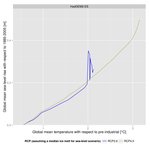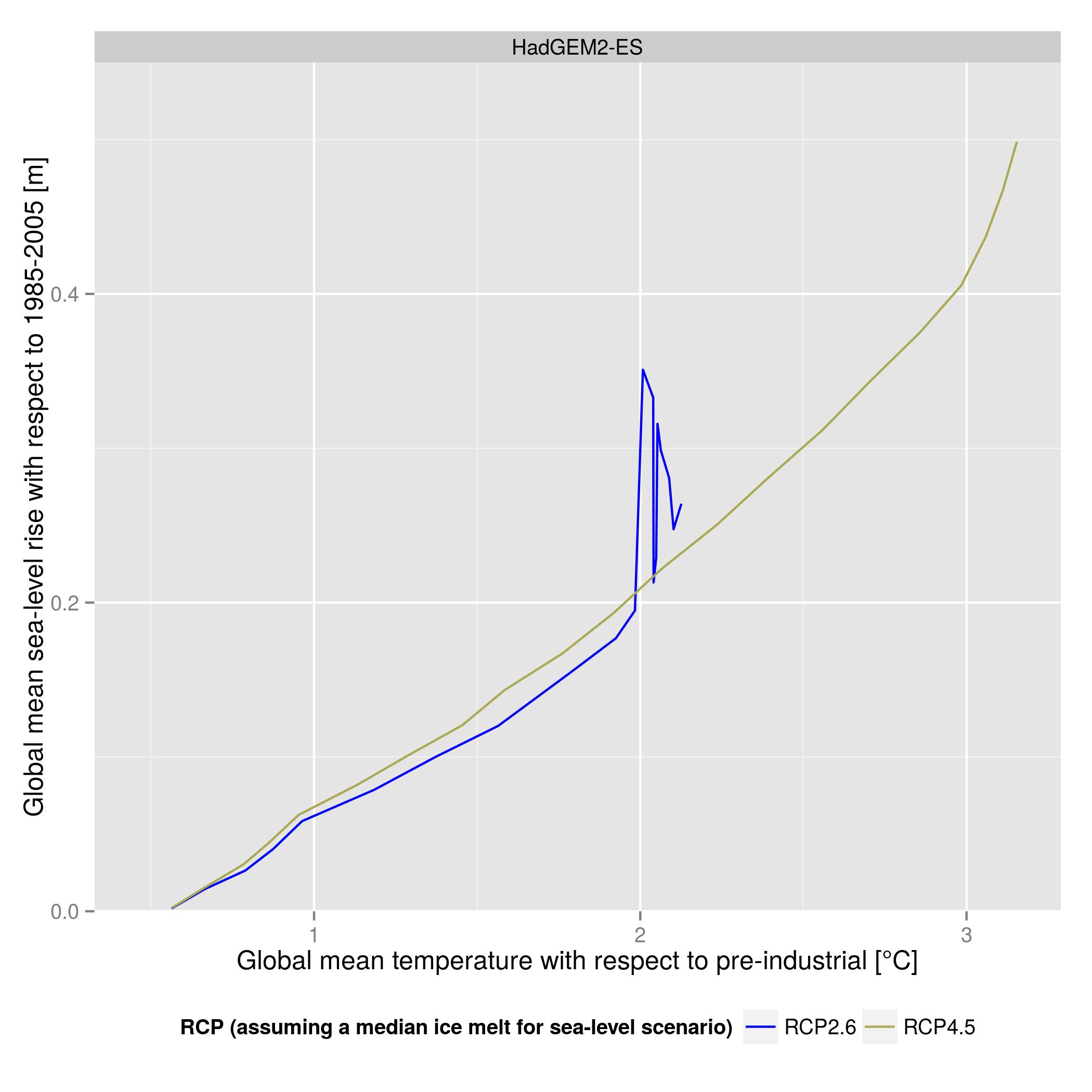Annual Sea Flood Costs
Why is the content of this map important?
The maps illustrate where the greatest flood costs could occur under conditions of adaptation in the 2080s. This helps better understand where the greatest risks could be, plan for damages, and where appropriate, instigate further adaptation measures. By comparing the 2°C and 3°C maps, the benefits of climate mitigation may be realised.
Which sectors are affected by this result?
Sea-level rise threatens infrastructure, transport and housing, etc. The results here are helpful for coastal planners and engineers, in terms of understanding where the coastal risks are.
What is shown on the maps?
The maps illustrates annual flood costs in 2°C and 3°C worlds (special map), assuming a median level of ice melt, in the 2080s under the Shared Socioeconomic Scenario 2 (see Overview) in EU nations assuming adaptation occurs (for both 0.31m and 0.42m of sea-level rise respectively). Countries surrounding the North Sea tend to have the highest projected flood costs due to their low-lying coasts and/or long coastlines. However, some countries (e.g. the low-lying Netherlands) are more risk adverse than the modelled outputs as they have experience with devastating floods in the past so already have demand high protection standards. In this case projected flood costs would be lower.
Details and further information:
The benefits of mitigation are illustrated by the difference is global mean sea-level rise between the 2°C and 3°C scenario, as shown below.
Global mean sea-level rise (with respect to 1985-2005) plotted against global mean temperature rise (with respect to pre-industrial) for HadGEM2-ESDue to large sea flooding costs, in absolute terms nations surrounding the North Sea will benefit most from climate mitigation. In relative terms, it is the small European economies, and small island states of Malta and Cyprus that receive the greatest benefit.
Author:
Sally Brown
University of Southampton (SOTON), United KingdomRobert J Nicholls
University of Southampton (SOTON), United KingdomDaniel Lincke, Jochen Hinkel
Global Climate Forum, GermanySea-level scenarios were extracted from:
Hinkel, J., Lincke, D., Vafeidis, A.T. Perrette, M., Nicholls, R.J., Tol, R.S.J., Marezion, B., Fettweis, X., Ionescu, C. & Levermann, A., 2014. Impact of future sea-level rise on global risk of coastal floods. doi: 10.1073/pnas.1222469111
The costs were generated from the Dynamic Interactive Vulnerability Assessment (DIVA) modelling framework. Further information about DIVA may be found at www.diva-model.net and the following references:
Hinkel, J., 2005. DIVA: an iterative method for building modular integrated models. Advances in Geosciences, 4, 45-50.
Hinkel, J. & Klein, R.J.T., 2009. Integrating knowledge to assess coastal vulnerability to sea-level rise: The development of the DIVA tool. Global Environmental Change 19(3): 384–395.
Vafeidis, A.T., Nicholls, R.J., McFadden, L., Tol, R.S.J., Hinkel, J., Spencer, T., Grashoff, P.S., Boot, G. & Klein, R.J.T., 2008. A new global coastal database for impact and vulnerability analysis to sea-level rise. Journal of Coastal Research, 24, 917-924.
Hinkel, J., Nicholls, R.J., Tol, R.S.J., Wang, Z.B., Hamilton, J.M., Boot, G., Vafeidis, A.T., McFadden, L., Ganopolski, A. & Klein, R.J., 2013. A Global Analysis of Coastal Erosion of Beaches due to Sea-level Rise: An Application of DIVA. Global and Planetary Change 111, 150–158.

